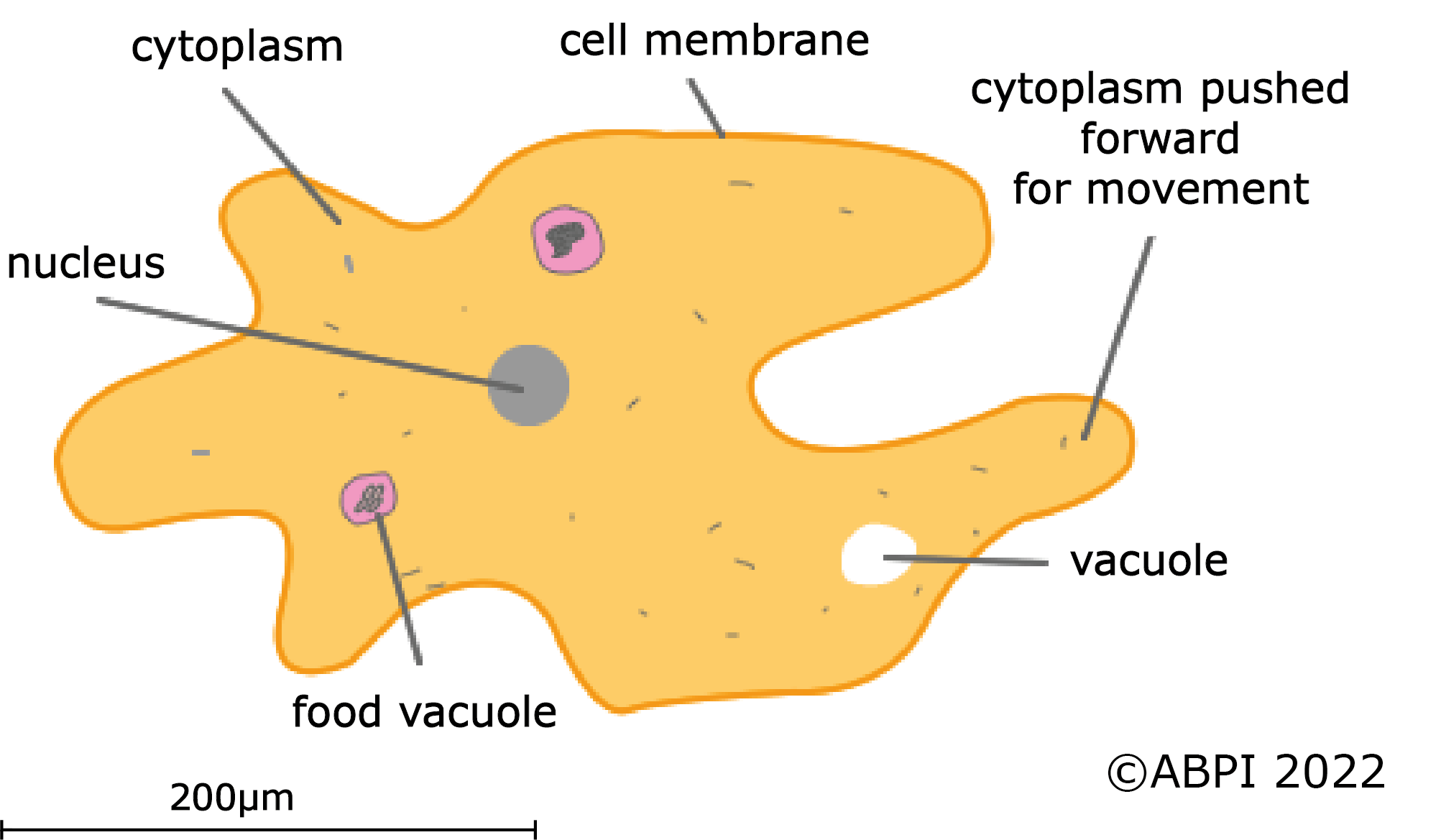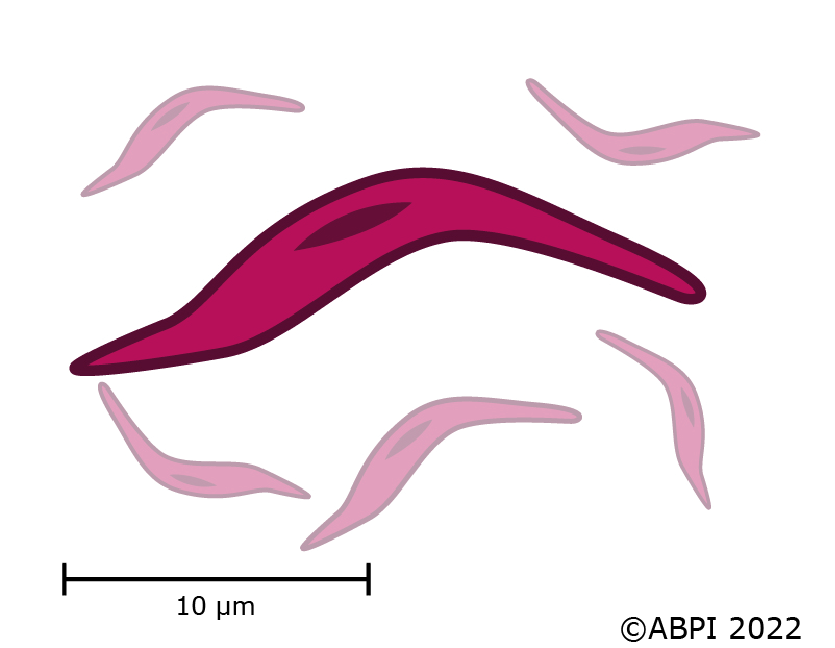This topic takes on average 55 minutes to read.
There are a number of interactive features in this resource:
 Biology
Biology
The protozoa that cause parasitic infections in humans are usually in the size range of 1-100 micrometres (millionths of a metre) and have two stages in their life cycle. Infection is usually spread by structures called cysts which are cells that have secreted a protective layer around them so that they can survive the journey from one host to the next. Once inside the new host, these cysts develop into the active protozoa which grow, reproduce and cause symptoms of disease in the new host.
Protozoa cause a number of human diseases. The best known is malaria, but they also cause one form of dysentery and also sleeping sickness.
Not all protozoa are harmful to humans. Modern sewage treatment works actually use some protozoa to help digest the raw sewage so that it can be dispersed safely into the sea.


There are many different types of protozoa and some of them have very complex structures. But all of the protozoa have some structures in common. These include:
In the disease resource, you can find out about malaria, a disease caused by protozoa.